When we talk about building energy efficiency we tend to refer to insulation, heating, or smart thermostats. One of the most effective things, however, is before our eyes: glass. The current windows are designed with new technologies that minimize energy usage by a great margin, provide comfort and a sustainable future. And just to have a look at the innovations that are behind energy efficient glass.
Low-E Glass, Double or Triple Insulating Glass
Conventional single-pane windows are poor inefficient and they can lose heat in winter and gain heat in summer. This was the shortcoming that gave rise to multi-pane insulating glass units (IGUs). In double-pane windows, there is a second layer of glass with an insulated area between the two layers, and triple-layers can be chosen in triple- pane windows.
Low-emissivity (Low-E) glass is the star of these systems. This glass features a microscopically thin and transparent coating that reflects infrared light to maintain heat in during cold months and reflect out during the hot months. Low-E glass regulates the amount of heat that transfers, which lowers the amount of work heating and cooling systems need to perform, reduces the cost of energy, and enhances comfort.
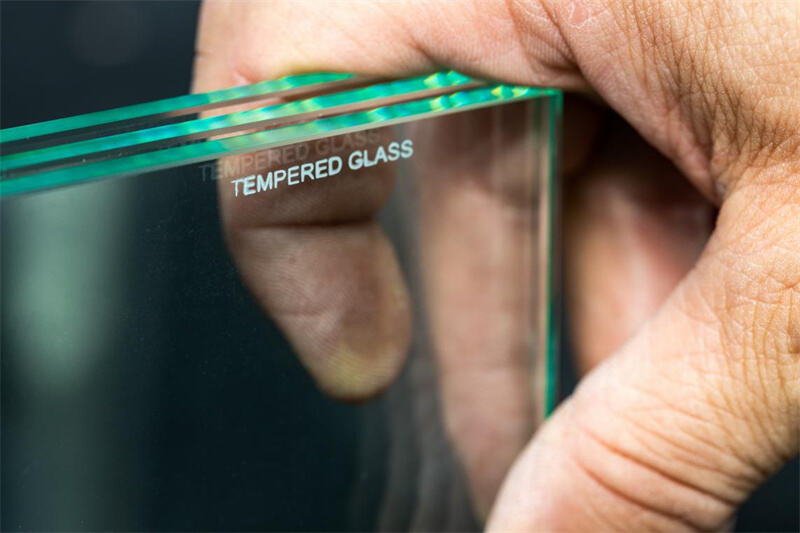
Inert Gas Is Filled to Reduce Heat Transfer
The gap between glass planes in insulating units is important. When left unchecked as air, moisture and convection can decrease efficiency. To counter this, the manufacturers seal the gaps with inert gases such as argon or krypton. Such gases are heavier and less conductive than air and reduce heat transfer across the window.
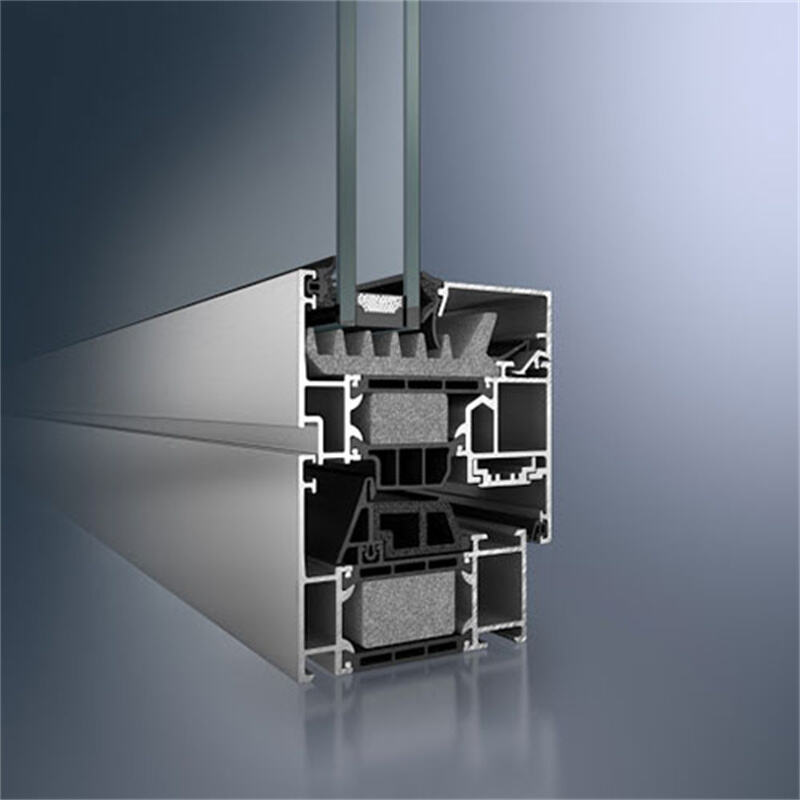
The standard operation of argon is cheap and also efficient, but krypton is efficient in the narrower gaps and, therefore, is more suitable to triple-pane construction. These gases reduce thermal exchange to ensure that the indoor temperatures are stable and the general energy-saving capabilities of the window are increased.
Special Coating and Thermal Insulation Film Improve Energy Saving Effect
Other special treatments on top of the Low-E coating are possible to increase efficiency. Solar control finishes, e.g. reflect ultraviolet and infrared rays without reducing the transmission of visible light. This eliminates glare, as well as, keeps interiors cool and comfortable in sunny seasons.
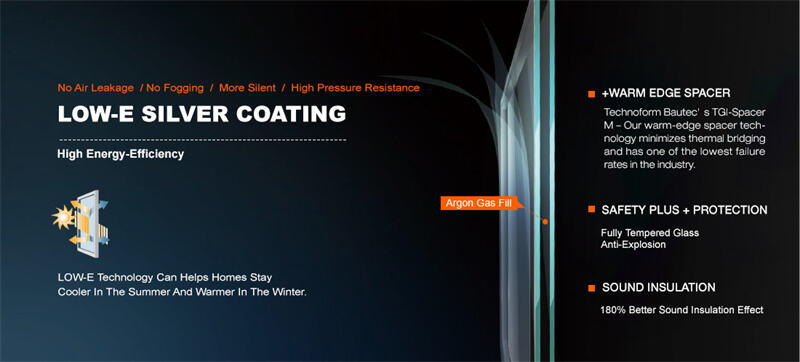
Application of transparent thermal insulation films is another innovation. Retrofitting is done to such polymer based layers to enhance the performance of the existing windows. They serve as thermal resistant and sun blocking materials and are a cheaper alternative to upgrading old windows rather than replacing them.
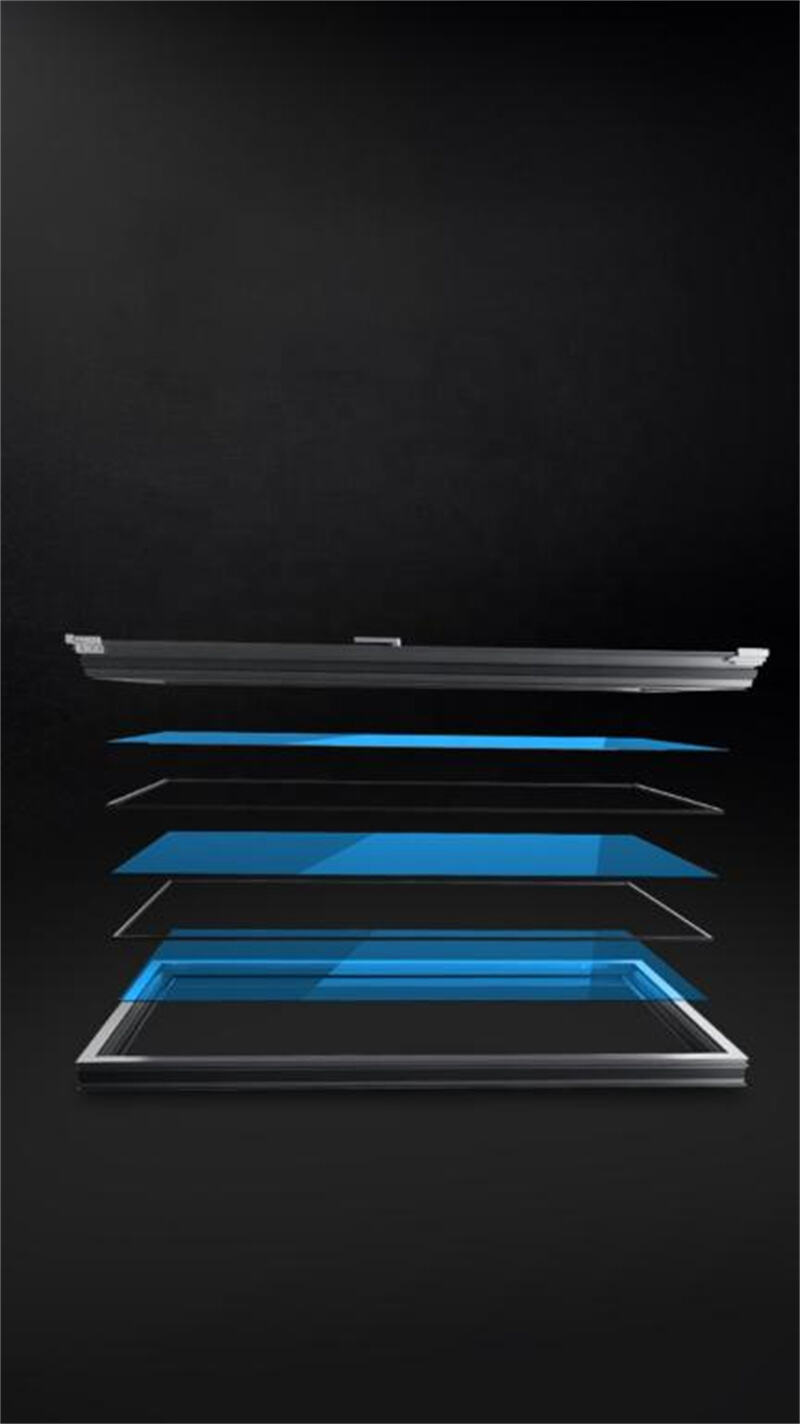
Collectively, these coating and films increase the capability of the window to control temperatures, eliminate harmful UV rays and reduce energy expenses.
Conclusion
The technology of the energy efficient glass is complex and astounding. Be it in multi-pane designs, Low-E coatings, inert gas fills, sophisticated films, these technologies liaise to develop windows that do not merely provide a view but also help construct a better and more efficient and sustainable world. The next time you will face through a window, keep in mind: there is more than meets the eye.
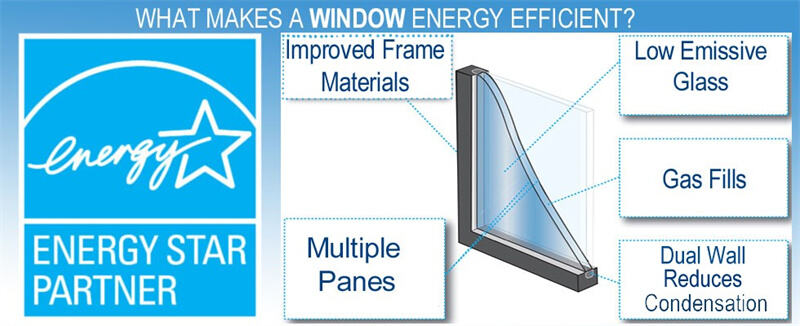
 EN
EN
 FR
FR
 DE
DE
